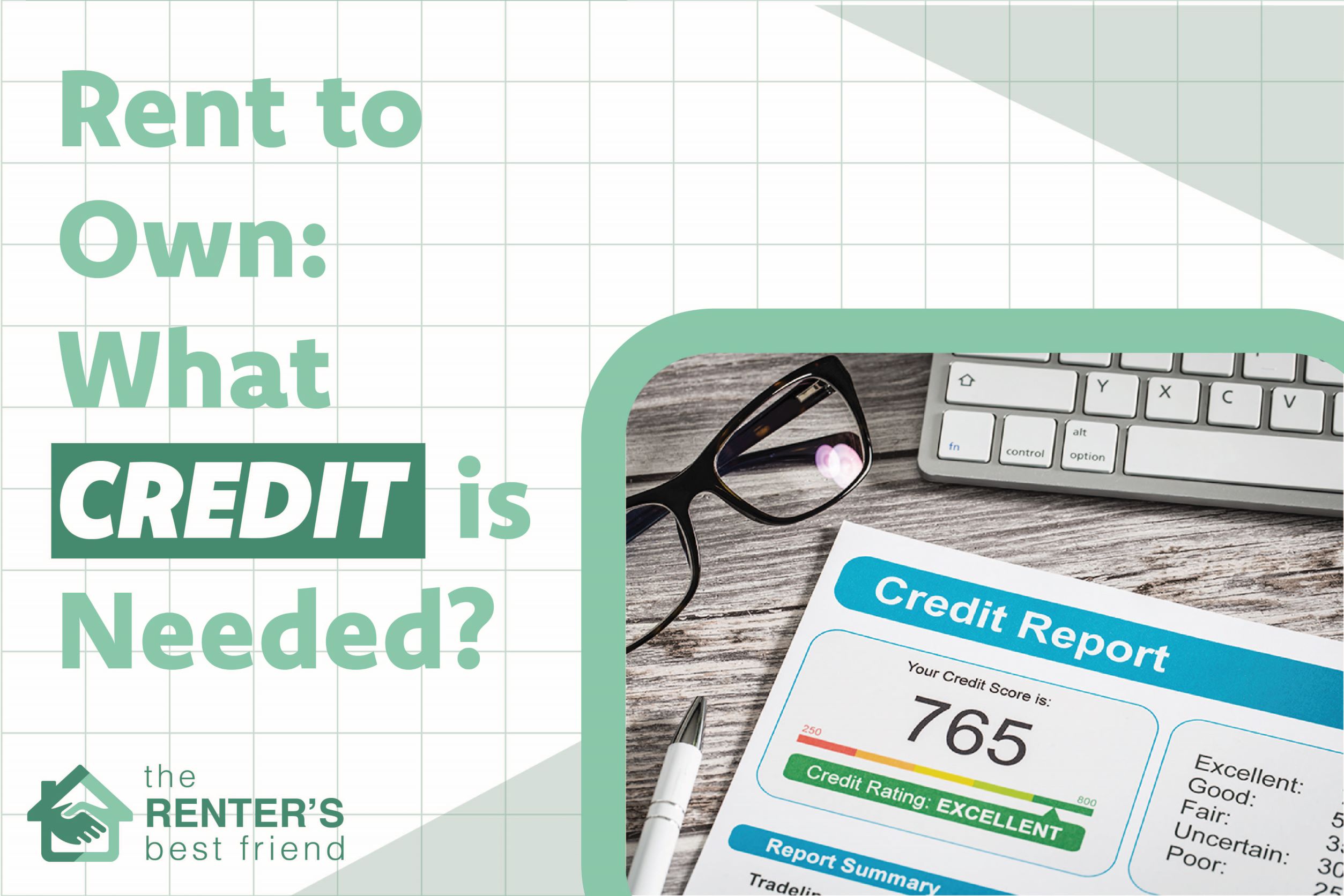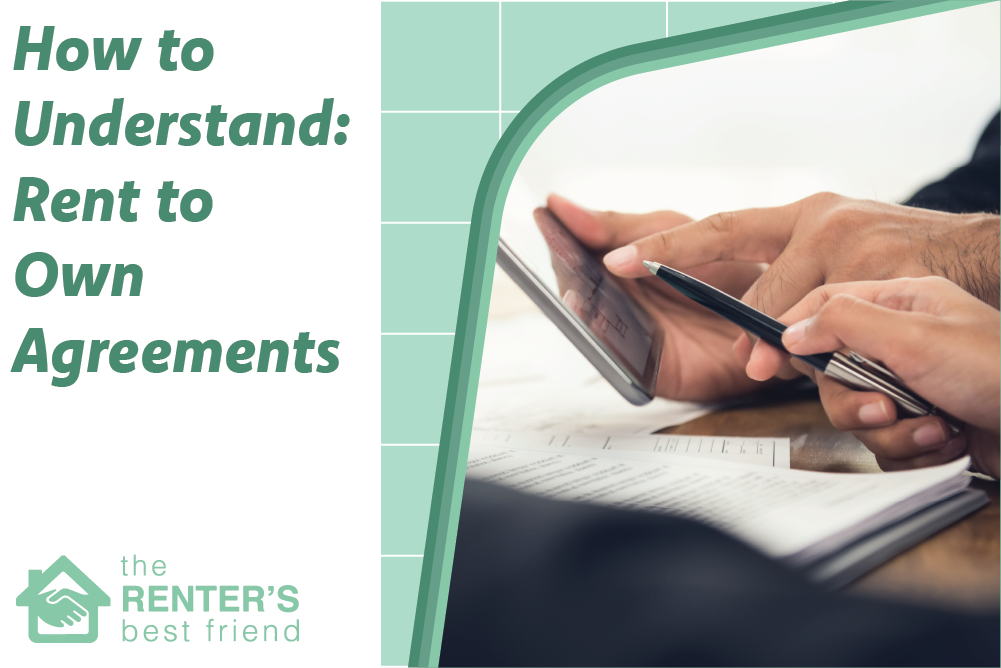The motivation behind this is the desire to strengthen communities by helping rural and suburban families become homeowners. It accomplishes this by offering its Single-Family Housing Guaranteed Loan Program to families with low to moderate incomes. Also known as rural development loans, this type of loan can make owning a home more affordable for people living in designated areas whose household incomes fall within the limits laid out by the USDA.
What Exactly is a USDA Loan?
The home loans offered by the USDA are competitively priced mortgage options that have helped thousands of people in specifically-approved areas achieve their homeownership dreams. While the U.S. Department of Agriculture does not grant these loans themselves, they are backed by them. This means that, when compared to conventional loans, mortgage lenders are able to offer lower interest rates in most situations. Though you will still need to pay the closing costs, if you are able to qualify, you could buy your home without a down payment.
It is even possible to get one of these loans as a 30-year fixed-rate mortgage. And you can even refinance with a USDA loan if you already have one. It should be noted, however, that you cannot refinance into a new USDA loan if you already have a loan of a different type.
How Do They Compare to Conventional Loans?
Both a conventional loan and a USDA loan are types of mortgages that you can get to finance the purchase of a home. The term “conventional” just means that the mortgage is not backed by a government agency. Other examples of nonconforming loans (those considered to not be “conventional” loans) are FHA and VA loans.
They are still repaid in the exact same method, by making monthly payments with an interest applied to them. But like any other government loan, USDA loans do differ in a few other ways which we will touch on below.
The 3 Main Mortgage Programs of the USDA:
- Direct Loans. These are issued for low-income borrowers who qualify. The interest rates may be as low as 1%.
- Home Improvement Loans. These are granted to homeowners who qualify so that they can make improvements or repairs to properties they already own.
- Loan Guarantees. Participating lenders offer these loans, which have low-interest rates and minimum down payments, some as low as 0%.
How do They Work?
More accessible than many other loan options, these loans are available if applicants meet the basic requirements that the USDA has set forth. These qualifications cover things like credit, home location, income, and property usage. Each of these factors helps the USDA maintain its goal of providing safe and clean housing for families with low to moderate incomes.
The minimum guidelines required to qualify for a USDA loan:
- Citizen of the United States or a legal permanent resident (a U.S. non-citizen national or a qualified alien).
- Minimum FICO score of 640 (or other ability to prove creditworthiness).
- Dependable and stable income.
- Adjusted household income equal to or less than the limit outlined by the USDA in the area you are looking at buying a home (typically around 115% of the median income for that area).
- Property in an eligible rural or suburban area that serves as your primary residence.
- Willingness to repay the mortgage loan (usually one year of no late payments or collections).
Many lenders have internal requirements of their own, in addition to those outlined by the USDA’s Rural Development program.
Credit Requirements
In order to qualify, you must demonstrate that you have a dependent and stable income. The USDA will also use your credit history to indicate whether or not you have the ability and willingness to repay a potential loan.
While USDA loans do not actually have a minimum requirement for credit, those who have a score of at least 640 can qualify for the USDA’s automated underwriting system. Anyone whose credit does not meet that threshold may still qualify for a loan, but those applicants would have to go through manual underwriting, which carries more strict guidelines.
Creditworthiness is determined by the lender, using things like:
- Your credit score
- Your credit utilization
- Your pattern of repayment
- The length of your credit history
If you lack established credit, you might still be able to qualify. However, credit verification would have to be required from other sources, such as insurance payments, rent payments, and utility payments. Keep in mind that these are generalizations and all lenders keep their own policies on which factors they consider. Check with different lenders that offer USDA loans to determine what you will need to qualify.
Income Requirements
To determine your income eligibility, the USDA examines four different income calculations during the loan process:
- Annual Household Income
- Adjusted Annual Household Income
- USDA Qualifying Income
- Repayment Income
- Debt-to-income (DTI) Ratio
As USDA loans are intended for those who have the economic need for assistance, your adjusted gross income cannot be more than 115% of your area’s median household income. You must be able to show that you have a verifiably stable income and can make your monthly mortgage payments. Lenders typically determine this by requesting 1 to 2 years’ worth of assets, income tax returns, recent pay stubs, or savings.
The annual household income is calculated from the combined projected income of each adult member of that household. The income of every adult occupant counts toward this total, even if they are not a part of the loan itself. The adjusted annual income is the difference when removing acceptable deductions from the annual income.
Your debt-to-income ratio is also examined by the potential lender when you apply for a USDA loan. Generally speaking, to have the best possible chance of qualifying, your DTI should be no higher than 41%. To calculate your DTI, simply divide your total monthly recurring debts by your gross monthly income. Monthly recurring debts would be payments such as auto loans, credit cards, rent, and student loans. This ratio does not include things like food and utilities.
Income Limits
There is a maximum for a household’s adjusted annual income at the time of the guarantee, as set by the USDA. Because this assistance is intended for low to moderate-income families, this helps to ensure that the program is only helping those that truly need it. To adjust for regional differences, the USDA income limits do vary based on location and the size of the household. As stated above, the base income limit is 115% of an area’s median household income.
These are the typical USDA limits on income:
- 1 to 4 Member Household: $103,500
- 5 to 8 Member Household: $136,600
Repayment Income
The USDA distinguishes between a qualifying income and a repayment income, and there is a large difference between the two. A borrower’s qualifying income helps determine if they meet the income requirements. A borrower’s repayment income determines their ability to repay the loan.
As stated, mortgage lenders use debt-to-income ratios to determine a borrower’s creditworthiness. But the USDA has set a standard 41% DTI for their loans, which means that applicants should not have a DTI of more than 41%. While it is still possible to get a USDA when your DTI is higher than 41%, you will be subjected to tougher requirements by the lender. As always, these policies and guidelines tend to vary from lender to lender, so do your homework here.
Location Requirements
Although USDA loans are specifically intended to help families in rural areas purchase a home, the USDA’s own definition of what constitutes “rural” is very generous. Believe it or not, there are many suburbs that fall into their approved areas.
A rural area, as defined by the USDA, is an area of open country that is not part of an urban area. Depending on the area designation, their population requirement might reach as high as 35,000 people. This broad definition means that almost 97% of the land in the U.S. is eligible for a rural development loan.
The USDA website has an interactive loan eligibility map that can help you search for a property to determine if it is eligible. If the home you are looking at falls within a geographic location that is eligible, you might be able to qualify for USDA-backed financing. Be sure to follow up with an official USDA representative to guarantee the accuracy of the information you find on the eligibility map.
Property Requirements
The goal of a USDA loan is to provide safe and sanitary residences for low to moderate-income families. With one of these loans, homebuyers who qualify can purchase, refinance, or even build a home. In order to ensure that the homes that qualify meet their standards, the USDA sets basic requirements for the properties that it finances. This is to protect the homeowners and the mortgage lenders alike.
Just like with a conventional loan, a USDA loan requires an independent third-party appraisal before being approved. With a conventional loan, this appraisal is intended to make certain that the home’s value is an appropriate match for the amount of the loan – mainly as a means of protecting their investment. While a USDA loan also performs this function, it is also intended to make sure that the condition of the home meets the standards of the USDA.
Some of the property requirements include:
- The home must be the homeowner’s primary residence. It cannot be used as a vacation home or an income-producing property.
- The home cannot be a working farm. It can include barns, commercial greenhouses, livestock facilities, or silos as long as they are no longer used for commercial operation.
- The home’s condition must meet the standards of the USDA’s appraisal guidelines, including:
- It must be accessible from a paved or all-weather street, road, or driveway.
- The house, roof, and foundation must be structurally sound.
- The cooling/heating, electrical, water, and wastewater disposal systems must all be functional and up-to-date.
- It cannot have broken windows.
- It will be inspected for insect damage.
Other types of property that may be eligible:
- Foreclosed homes and short sales
- Modular or manufactured homes
- New construction
- Townhouses or condos
Helping with the Down Payment
When you are closing on a home, it can be tough to gather enough money to cover the down payment and the other closing costs. While it is possible to get approved for a conventional loan with a lot less than the 20% down payment that is traditional, it is not always a guarantee for many people.
Thankfully, there are two types of government-backed home loans that provide zero-down financing for qualifying homebuyers – VA and USDA loans. But if you do not meet the military service guidelines needed for a VA loan, you might still be eligible for a loan backed by the USDA. If you do, then you will only need to worry about gathering enough money to pay for the closing costs.
The Guarantee Fees
It should be noted that all USDA loans carry both an upfront and an annual guarantee fee. These fees work similarly to mortgage insurance on a conventional mortgage, but they help to fund the USDA loan program itself. This annual fee lasts for the entire life of the loan and is added to your monthly payments.
With conventional mortgages, you have to pay private mortgage insurance unless you are able to put down more than 20% as a down payment. This is added to your monthly payments until a specific amount of your loan is repaid (usually about 20%).
The Bottom Line
USDA loans can help build, purchase, or refinance a property that falls within a qualifying rural area. Intended to make doing so more affordable in order to help strengthen these types of communities, such a loan can give you access to a lower interest rate and eliminate the expensive cost of a down payment. You can use the USDA website’s eligibility map to determine if the property you are looking at and your income might qualify you. But make sure to follow up with an expert to make sure that you know exactly what options may be available to you.














